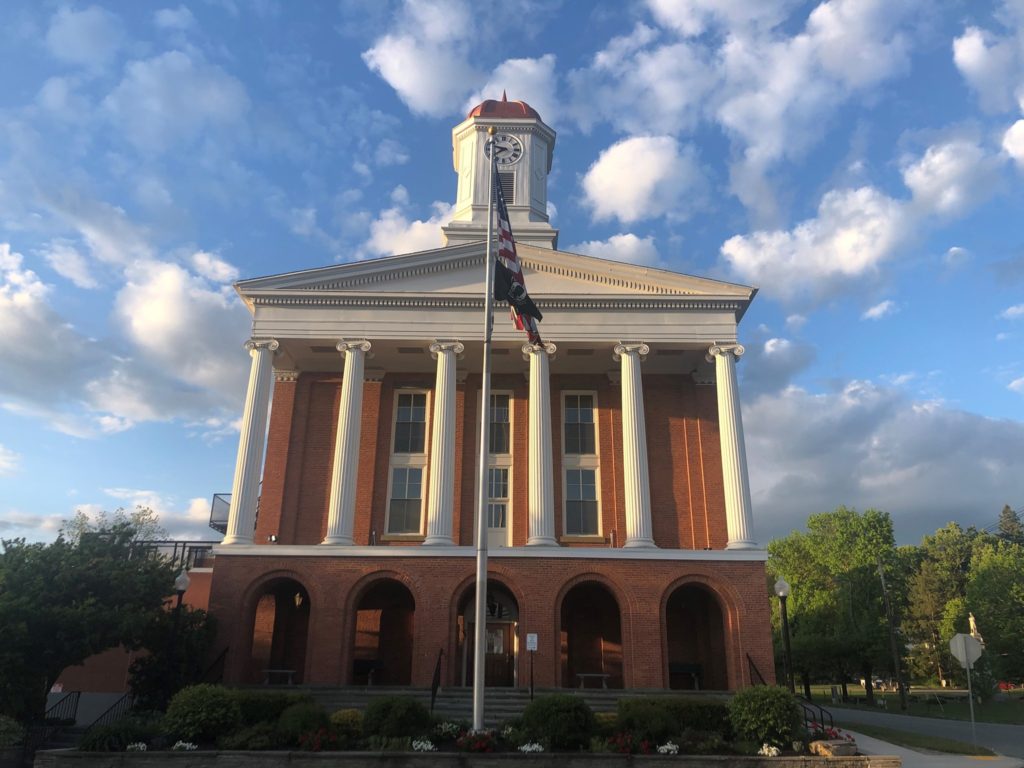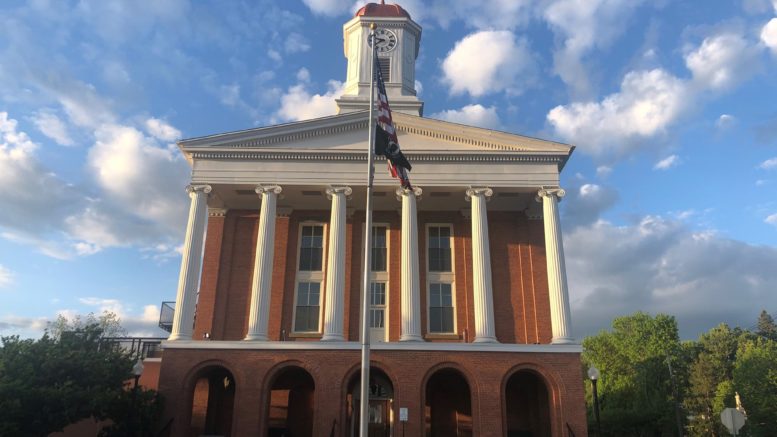
SUSQCO INDEPENDENT FILE PHOTO
Local leaders have interpreted a recent study showing an increase in local home buying as supporting their claims that the last U.S. Census may have undercounted the county’s population.
The study, conducted by the Center for Rural Pennsylvania, an agency of the state legislature, said in October that home buying in Susquehanna County and other regional rural counties grew before and after the start of the COVID-19 pandemic. The study compared a 10-month period before the start of the COVID-19 pandemic and a 10-month period after the start of the pandemic.
According to the study, residential property transfers in some rural counties grew 7 percent while residential property transfers in urban counties shrank by 6 percent. At the same time, also according to the study, median sale prices in Susquehanna County grew from $87,000 to $139,950, or by 60 percent.
The report also detailed the connection between the percentage of COVID-19 cases and the number of residential property transfers. The report concluded, in part, that property sales grew in rural counties with lower COVID-19 cases while the number of residential property transfers declined in urban counties with higher COVID-19 numbers.
In December 2020, according to statistics produced by researchers at Johns Hopkins University of Baltimore, there were 465,723 COVID-19 cases in Pennsylvania. By October of this year, the number had grown to 1,666,724.
The Center for Rural Pennsylvania analyzed tax data from the Pennsylvania State Tax Equalization Board (STEB) – an independent state administrative board, and residential property transfers from county assessor’s offices.
The STEB determines the market value of taxable property – the value of which, in turn, determines the amount of state subsidies local school districts receive.
Officials in rural counties have challenged the population numbers reflected in the Census. Senator Lisa Baker (R-20) has joined Susquehanna County’s commissioners in criticizing the figures as an undercount. The Center’s report noted that “many of the residential purchases in rural Pennsylvania occurred after the 2020 Census survey deadline.”
“The study reinforces what many local leaders have observed with population changes since the pandemic and a suspected undercount with respect to the census,” Baker said in a prepared release. “Elected officials and community leaders in Susquehanna, Wayne and Pike counties have been voicing significant challenges in meeting the increased need for services for everything from water supply and waste disposal, to emergency medical services.”
Susquehanna County Commissioners feel current Census numbers “woefully underrepresent” the true number of residents in area.
Susquehanna County Commissioner Judith Herschel recounted a host of problems leading up to the count for the Census, including user issues with an online Census form, worker understaffing, outdated addresses and a non-working toll-free telephone number.
“Completing the Census online, as you are aware, is new to 2020. Whether it’s because of our issues with internet connectivity or our community members’ unfamiliarity with completing the census online, completing the census online as a main means of data collection was identified immediately as being problematic,” Herschel said in an e-mail. “In addition, the County Commissioners began to receive regular complaints with community members throughout the county that they were not receiving any information in the mail from the Census Bureau.”
Concerning the commissioners and Sen. Baker are U.S. Census figures indicating a drop in county population numbers from an April 2010 high of 43,356 to an April 2020 low of 38,434, an 11.35 percent drop. The 2000 Census showed 42,238 people in the county.
“Both increased federal and state support will be needed to improve our infrastructure,” Baker continued in her release. “As we adjust to the trend of population increases within our community, it is paramount that we continue to come together and be a strong voice for rural Pennsylvania receiving our fair share of funding.”
The U.S. Census represents the country’s once-a-decade look at itself. The results of the census determine how many seats a district gets in the U.S. House of Representatives, how political districts are drawn, and how an estimated $1.5 Trillion of federal funds are spent. Locally, those monies reach schools, hospitals, roads, and public works.
According to informational literature provided by Julie Iriondo, a public information officer with the U.S. Census in response to Baker and the commissioners’ claims, the U.S. Census provides a Census Count Resolution Operation by which elected officials can challenge the census figures but the results of any challenges are not scheduled to be released until September 2023.


Be the first to comment on "Officials on Census count: SusqCo population ‘woefully underrepresented’"